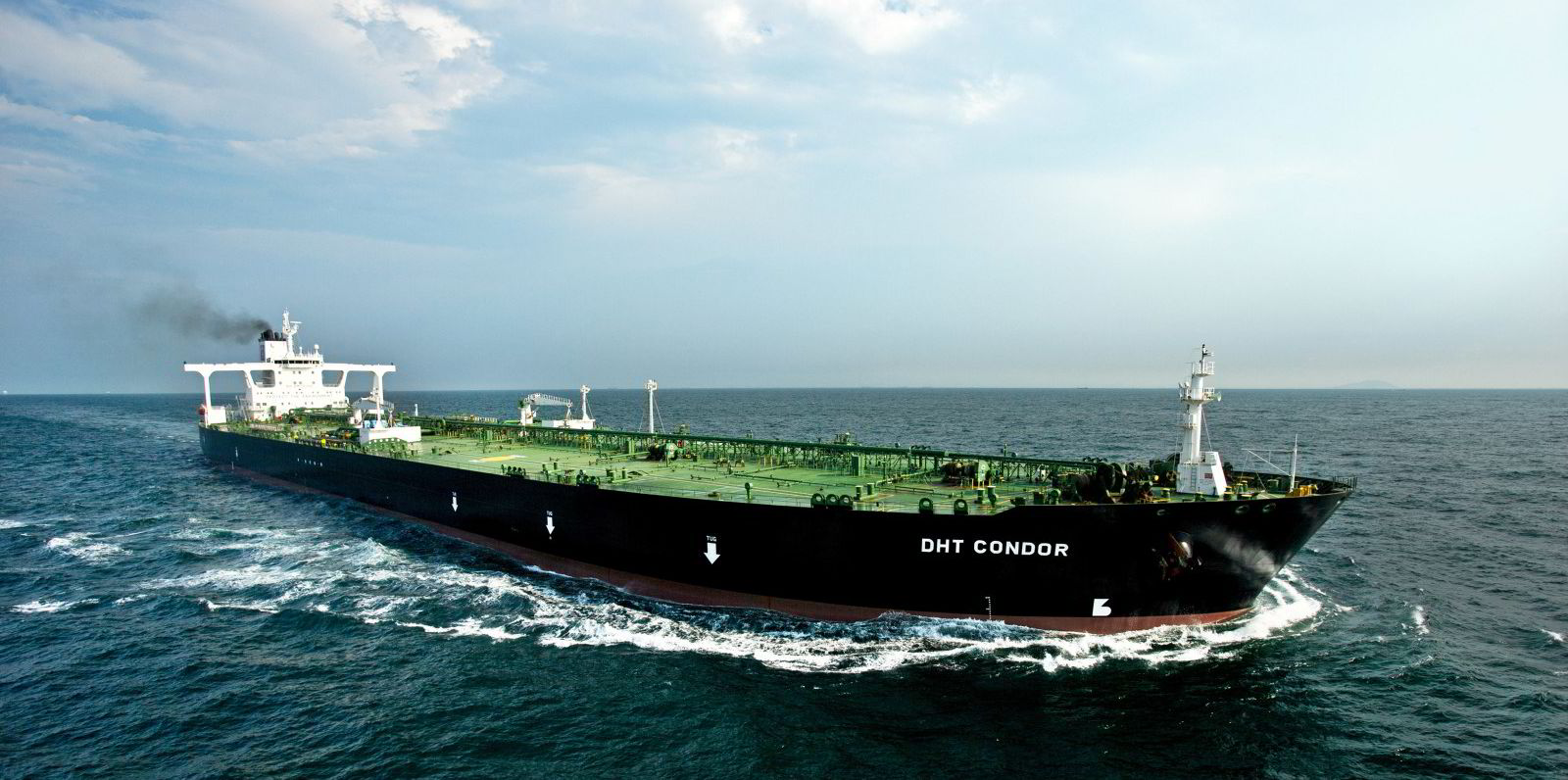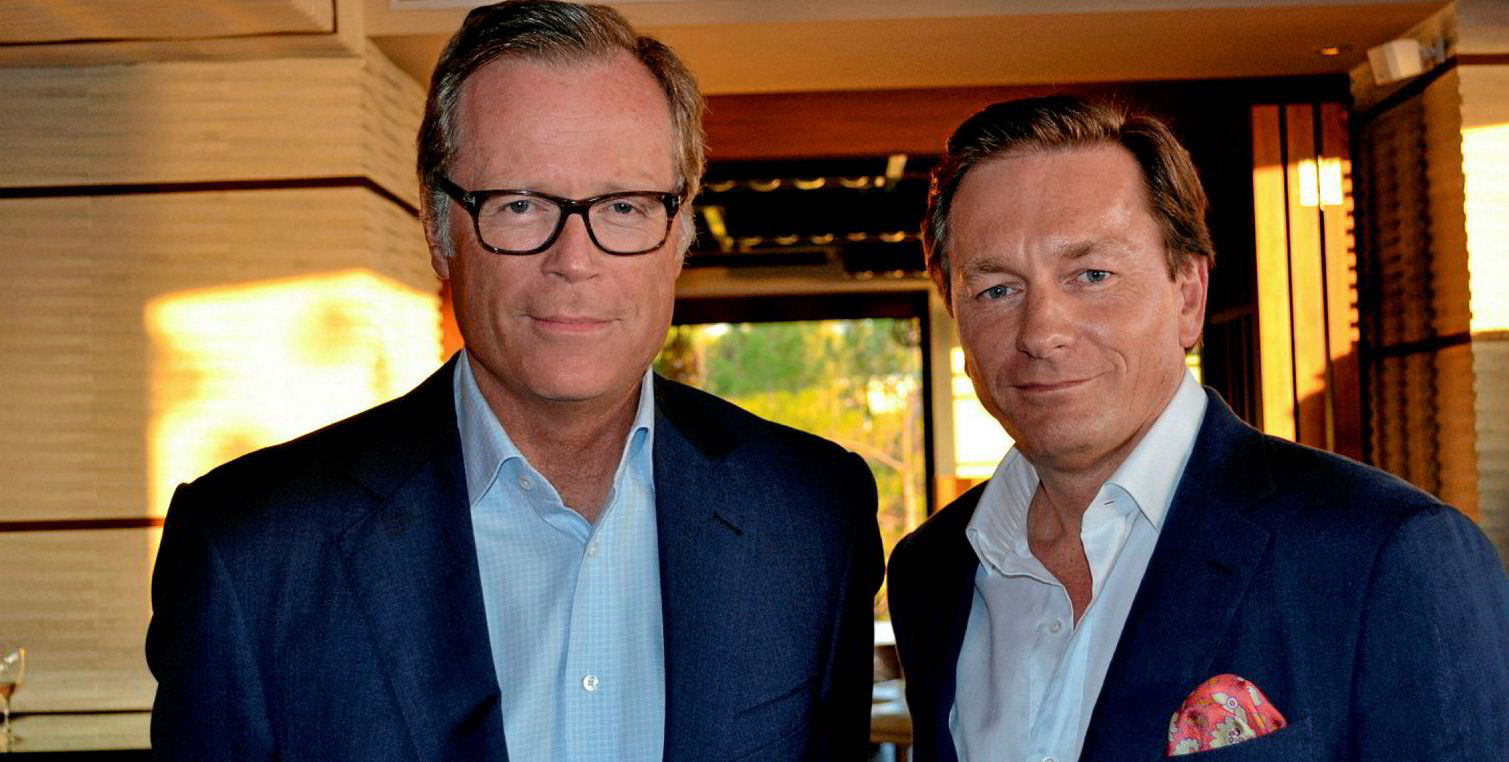DHT Holdings has positioned itself for a potential tanker market recovery later this year, according to company executives.
The optimistic remarks were based on brightening oil demand outlook amid the roll-out of Covid-19 vaccine, despite weak spot rates.
Of the New York-listed owner’s 16 VLCCs on time charters with an average rate of at least $41,695 per day, seven are due to be redelivered by the end of March.
“We will be increasingly building more market exposure as the year advances,” DHT co-chief executive Svein Moxnes Harfjeld said in a conference call on Tuesday.
Without additional period charters, more than 80% of DHT’s 29 VLCCs will be trading in the spot market by the end of December.
“We like this development as it could well coincide with the market recovery,” Harfjeld added.
Some tanker players have expected a gradual rate recovery throughout this year, with oil demand rebounding from last year’s level amid optimism that the coronavirus pandemic could be controlled soon.
“We think the main thing to watch is really Covid,” co-chief executive Trygve Munthe said.
“We're optimistic that once the vaccines are all the rolled out on a significantly sufficient scale, we will see people returning to past consumption patterns.”
Low breakeven levels
DHT has also announced several measures that would mitigate market risks when announcing a small fourth-quarter profit.
The owner has arranged 14 vessels for dry-docking this year, including seven within the first quarter.
DHT prepaid another $25.8m under a credit facility with Nordea last quarter, lowering the average cash breakeven level for its ships in spot trade to $4,000 per day for the first half of 2021.
This will increase to $14,100 per day for the second half due to reduced time-charter coverage.
Company executives said DHT would likely focus on secondhand acquisitions rather than further voluntary prepayments this year.
Last month, DHT acquired the scrubber-fitted, 300,000-dwt Eco Future and Eco Queen (both built 2016) from Awilco Eco Tankers for $136m.
“We should be able to invest a bit more this year,” said Harfjeld, adding that its war chest could, however, be constrained by a dividend policy to return at least 60% of ordinary net income to shareholders.
With fuel technology to decarbonise still under development, Munthe said DHT would not order any new ships for now.
“We're not in the mood to order ships,” he said. “We don’t see any convincing technologies that will really carve out the future for VLCCs.”
Old ships could be divested
Meanwhile, Harfjeld said the three oldest ships in the DHT fleet — the 299,000-dwt DHT Lake and DHT Raven and 320,000-dwt DHT Condor (all built 2004) — could be sold.
“These ships … [present] additional opportunities for potential divestment if those opportunities come,” he said.
The company generally do not operate vessels aged 20 years or more.
Few tankers have been scrapped despite dismal rates in the past few months, with many vintage vessels believed to be sold for carrying sanctioned oil from Iran and Venezuela.
“There are a number of old ships that are involved in trades that would pass KYC [know-your-customer] test for a company like DHT,” Harfjeld said.
“We're hopeful that you will start to see retirement during the year, but so far it has been very limited.”







